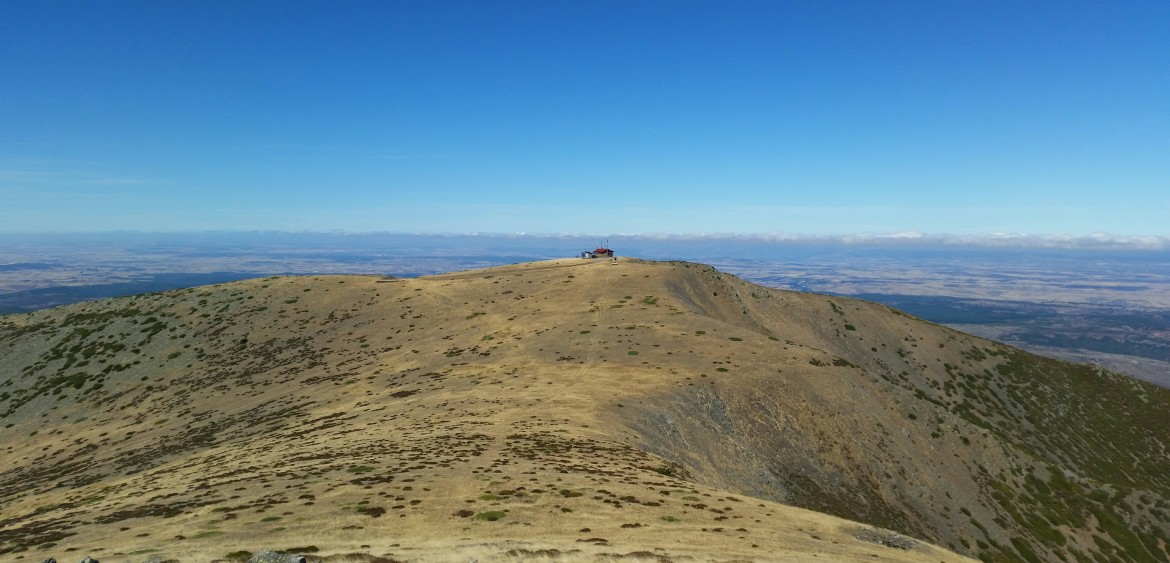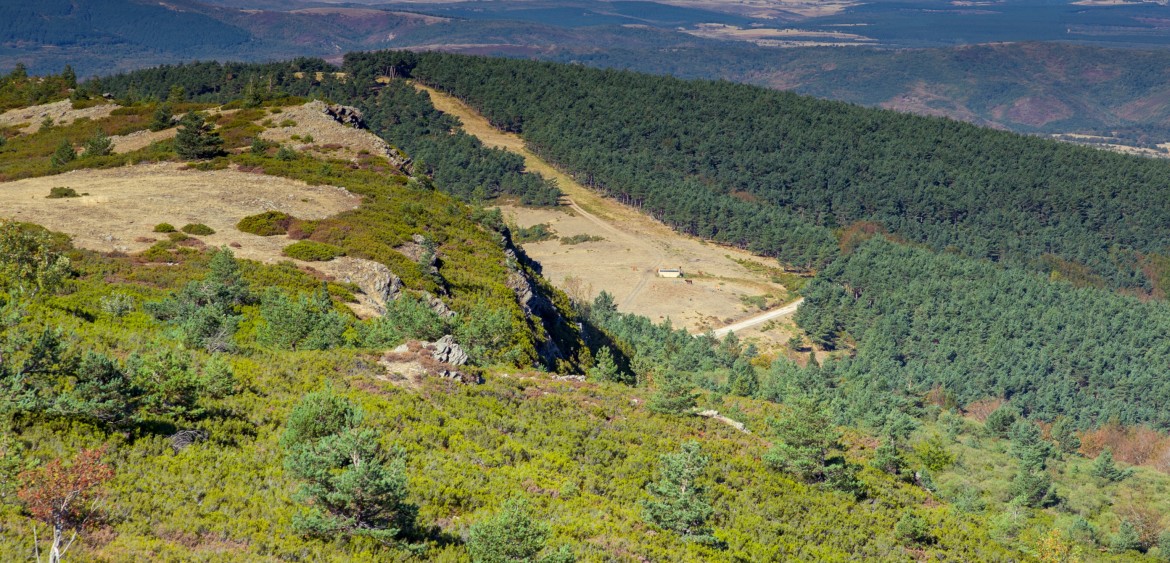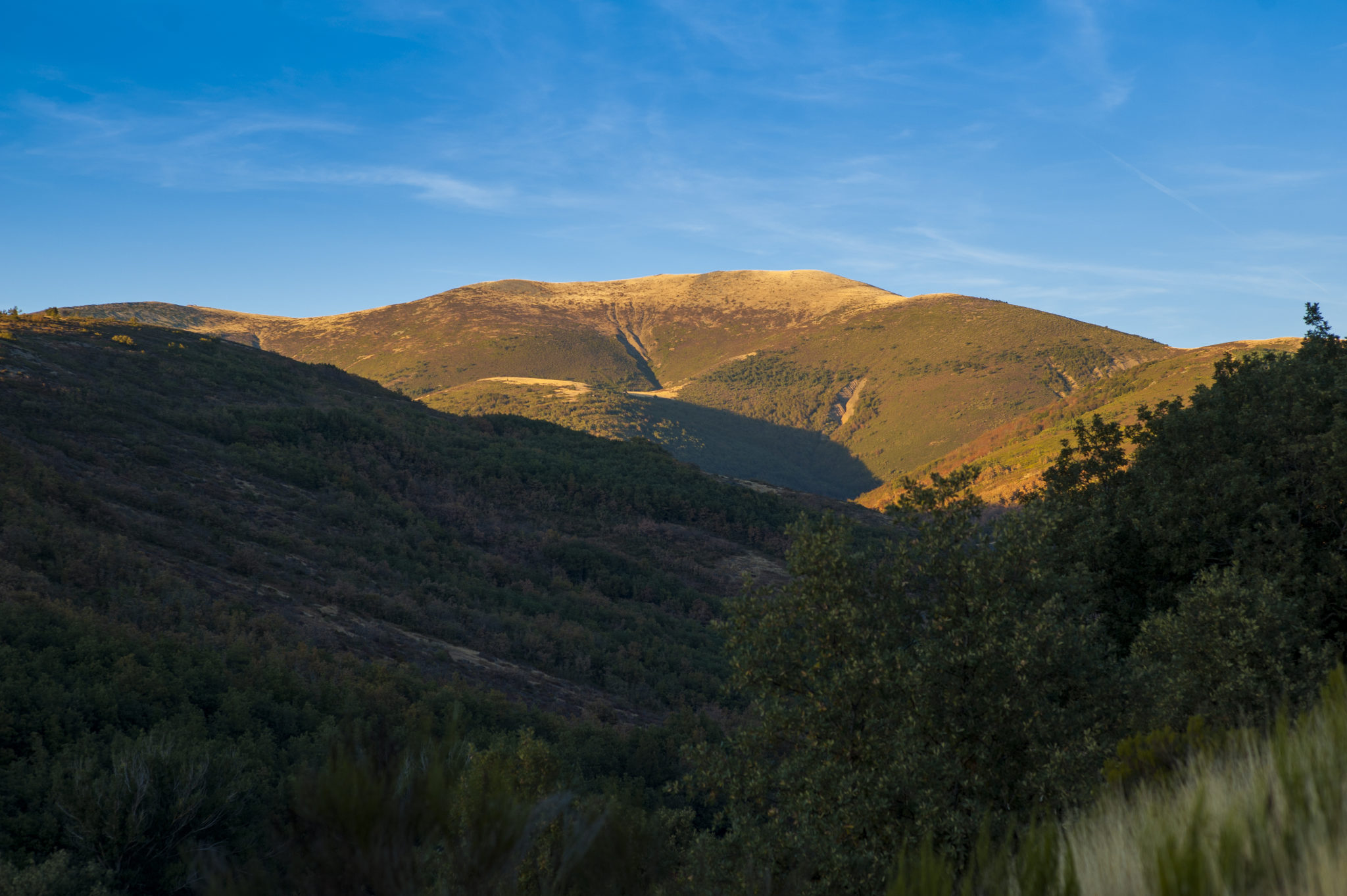Fourth Stage: A 31km circular route with start and finish at the remote mountain lodge “Valle del Sol”.
During the Spanish Inquisition in the 15th century under the strict leadership of the ruthless Chief Inquisitor Tomas de Torquemada all disidents and anyone who did not follow the strict tenets of the Catholic faith were mercilessly persecuted, tortured and publicly executed. The Dominican Monks of which Tomas de Torquemada was one himself were entrusted the hunting down of heretics and were nicknamed “The Hounds of God” from the latin Domini Canis, A.K.A “Dominicanus”. Legend has it that a group of Dominican monks from the nearby Monastery of Santo Domingo de Silos were ordered to find a infamous witch who was assisting heretics living in the Sierra de la Demanda in Burgos, they were told that the band of heretics celebrated drunken orgies under a large Sessile Oak high up in the mountains. The Monks spent weeks looking for the place until one night in the middle of a ferocious storm they finally came across a huge twisted Sessile Oak in a small clearing. Cold, wet and weary they sat down under the tree to wait for the storm to pass and then just before sunrise the rain stopped but the wind began to pick up and howl all around them, the howling became more and more wolf like and the whirlwinds lifted up the dust in phantasmagorical shapes. They began to hear growling and snarling from every direction, they could see the glowing eyes from within the shadows of the forest. The “Hounds of God” were terrorized looking at each other not knowing what to do. At one point on the verge of day brake the fear and anguish got the better of them and losing their faith they all got up in unison and run for their lifes down the mountain to the nearest village. When they finally made it back to the monastery they remained in silence for weeks never reporting the incident to the Abbot and the shameful secret haunted them for years.
The Huge Sessile Oak became a land mark for travellers passing through the mountain range from La Rioja to the Duero Valley. It became a frequent stop for pilgrims, shepherds, hunters and lumberjacks who would stop on their journeys and share their provisions and wine while resting and telling tales of their adventures. It was said that an Old lady lived close by who would come every day to cook them her famous mountain stew to help them gather strengh and encourage them to carry on their Way.
Stage 4 is a unique circular route with the start and the finish at the remote mountain lodge “Valle del Sol”. The stage starts with a very steep climb up the North face of the Mencilla Peak (1932m) then takes a South Easterly direction along the ridge for several kilometres before descending down the south face of the mountain range through beautiful old Beech, Oak and Pine forests reaching the legendary 1000 year old Drunken Oak. The stage then traverses along the southern skirts of the mountain range to the remote village of “Iglesiapinta” before climbing back up to the main ridge and then finally descending again to the mountain lodge through a beautiful dwarf oak forest.
This post is also available in: Spanish











 English
English Spanish
Spanish